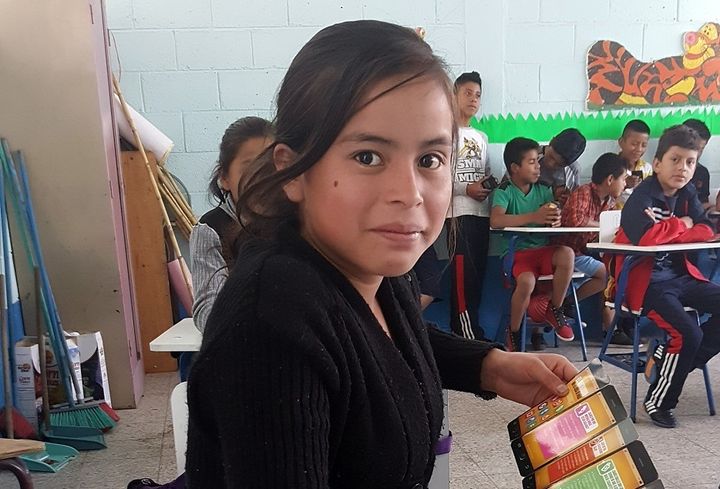
We have the largest youth population ever. The young age structures—especially in African countries—reinforce the need to take effective action to address employment prospects for youth. There will be no pot of gold at the end of the demographic dividend rainbow unless countries act now to ensure youth have access to jobs, the tools to attain them, and an environment that allows young people to make the most with their futures. They need education and training to be able to get meaningful jobs; they also need to know how to avoid barriers—such as unplanned pregnancy—that might disrupt a young woman’s life course.
I came across the World Economic Forum’s report on The Future of Jobs, and the chapter that caught my attention was on drivers of change. The report makes the point that the interactions between technological, socio-economic, geopolitical and demographic developments will contribute to “new categories of jobs and occupations while partly or wholly displacing others.” I’ve heard it said that young people finishing college should be thinking more about “creating” a job than “getting” one. This scenario is fine if a young person is educated, tech-savvy, and has the capacity to navigate the business world. Many young people do, but more do not—especially in countries where access to electricity, potable water, and the internet are restricted to a minority of the population. To achieve a demographic dividend, we have to focus our investments, not on the urban elite, but on the peri-urban and rural working class and poor who represent a large—and increasingly larger—proportion of our world’s population.
Demographic and socioeconomic factors will change the future of employment. The “young population in emerging markets” as The Future of Jobs refers to them—or the “youth bulge in developing countries” as I might call this group—call for a proactive alignment between education and employment opportunities. Quality education alone is not sufficient; there also have to be jobs for those educated young people to move into.
To help create this alignment, the Health Education Policy Plus (HEP+) project in Guatemala is spearheading a new public-private sector initiative to develop an education-employability system that brings employers—who need trained staff—together with educational leaders—who run training institutions—for a long-term collaboration. As in many countries, Guatemala has employment prospects—such as in tourism, but there need to be multilingual young people who understand the cultural history and have the capacity to work with foreign tourists. This requires a coordinated effort between employers and schools and training programs. While there aren’t overnight solutions to the issue of aligning youth training with employment opportunities, this deliberate attempt to make it happen demonstrates that job creation isn’t something that needs to happen 30 years from now when a demographic dividend is achieved; it’s something that needs to happen now.
In addition to jobs, programs must also address a very different issue that many youth face: the gap in knowledge about and use of family planning. While seemingly unrelated, addressing youth needs in a comprehensive way is likely to have a longer-lasting result and serve more young people. Among Guatemala’s young people who aren’t in school or working, many lack access to information about reproductive health and family planning. Based on estimates using population figures in Guatemala’s 2014 National Survey of Living Conditions, approximately 1.3 million of those 2 million young people between ages 15 and 24 who are not in school or working actually have no more than a primary school education.
Being both out of the formal education system and having attended little to no schooling, I imagine that many of these young people have very little information about how to avoid unplanned pregnancy, STIs, and HIV. An unplanned pregnancy can undermine opportunities for young women to access training programs and seek job opportunities, leaving them with few options for achieving their potential. When addressing youth needs, it is critical to recognize that a “one size fits all” approach will not work; to achieve common objectives, programs need to use different approaches. Regardless of whichever segment of the youth population addresses, efforts to help young women avoid unplanned pregnancies will also help them stay in school longer—allowing them to have better job opportunities.
Addressing the links between youth, employment, and economic growth is a complex development issue. While family planning may not have a direct effect on job creation, as the Future of Jobs points out, the job and education markets have to align better so that workers can respond to emerging types of jobs. And one way to foster that alignment is by ensuring that young people are not encumbered with unplanned pregnancies so that they have the freedom to take advantage of training programs and job opportunities—and contribute to personal and national growth. If we are investing in addressing the employment needs of young people, why not take a more comprehensive approach and invest to address issues that also help them achieve financial success? Family planning is one of those issues. To me, it’s clear that the way we invest dollars in youth programs also has to make sense.
